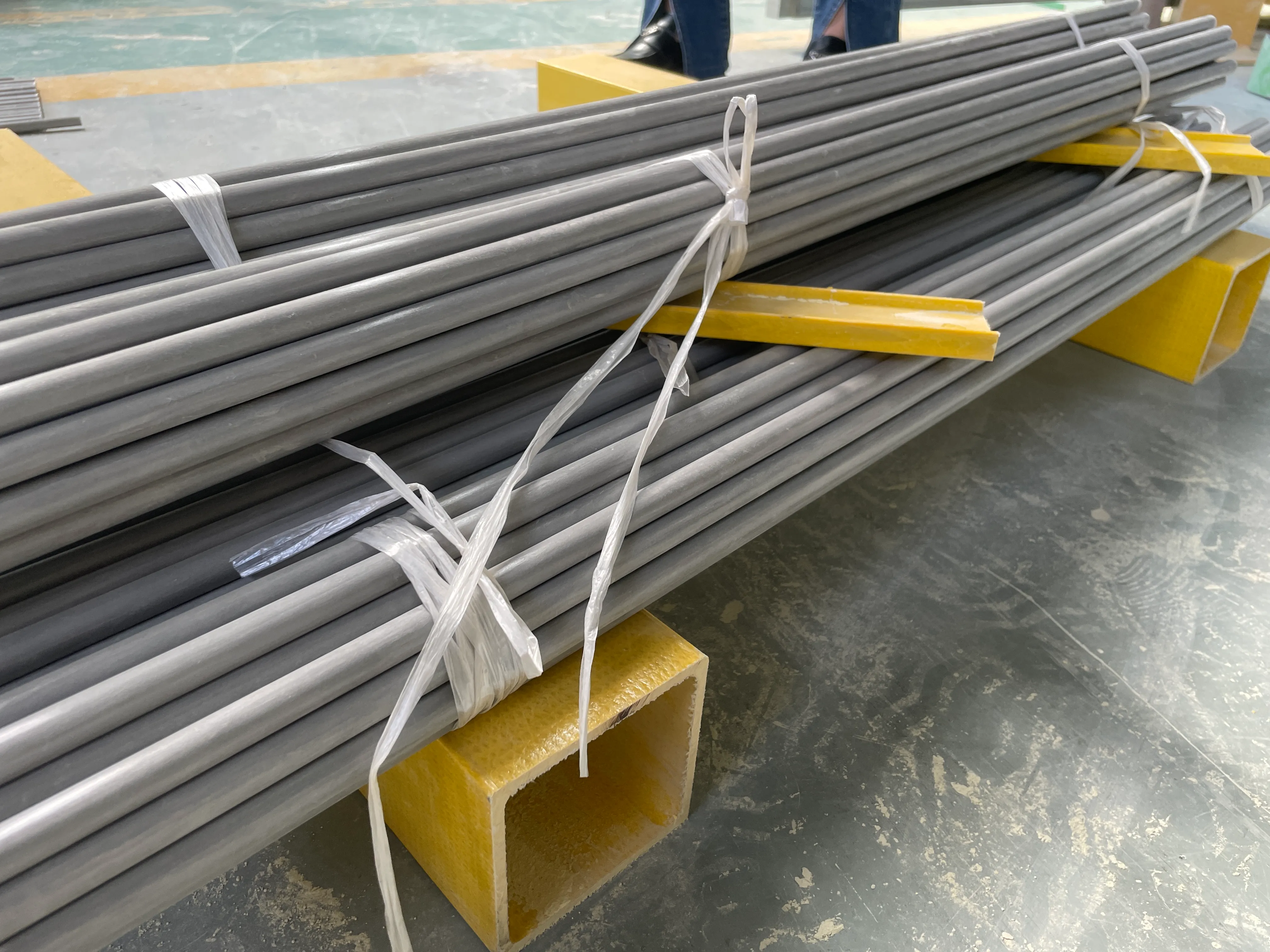loading...
- No. 9, Xingyuan South Street, Dongwaihuan Road, Zaoqiang County, Hengshui, Hebei, China
- admin@zjcomposites.com
- +86 15097380338
- Welcome to visit our website!
frp rod
Understanding FRP Rods Strength and Versatility in Modern Applications
Fiber-Reinforced Polymer (FRP) rods represent a significant advancement in material technology, rising to prominence in various engineering and construction applications. Combining the strength of fiberglass with the lightweight nature of polymer matrices, FRP rods offer a unique solution that addresses many traditional material limitations, particularly in construction and infrastructure sectors.
What Are FRP Rods?
FRP rods are composite materials created by embedding fibers, usually glass, carbon, or aramid, into a polymer resin. The combination of these materials results in a structure that is both strong and lightweight, making it an ideal choice where performance and ease of handling are paramount. FRP rods are designed to withstand tensile forces, making them particularly suitable for use as reinforcement in concrete structures, bridges, and various other applications.
Advantages of FRP Rods
One of the primary benefits of FRP rods is their impressive strength-to-weight ratio. Unlike traditional steel reinforcement bars (rebar), which can be heavy and cumbersome, FRP rods are significantly easier to transport and handle on-site. This feature not only reduces labor costs but also minimizes the potential for injury during construction.
FRP rods also exhibit remarkable resistance to corrosion. Where steel might succumb to rust and degradation over time—especially in harsh environments—FRP rods maintain their integrity, contributing to the long-term durability of structures. This resistance to environmental factors makes them an excellent choice for applications in marine, coastal, and other corrosive settings.
Furthermore, the non-magnetic properties of FRP rods make them ideal for use in applications where electromagnetic interference must be minimized. This characteristic is particularly valuable in industries such as telecommunications and healthcare, where maintaining signal clarity and functionality is crucial.
Applications of FRP Rods
frp rod

FRP rods have found applications in a myriad of sectors, showcasing their versatility. In civil engineering, for example, they are increasingly used as reinforcement for concrete structures, helping to improve tensile strength and extending the life-span of infrastructure. Bridges, in particular, benefit from FRP reinforcement, as these rods can be used to repair or strengthen existing structures without adding significant weight.
In the construction of renewable energy installations, such as wind turbines and solar power systems, FRP rods are used for their high strength and lightweight characteristics, enhancing the stability and longevity of these structures.
Moreover, in the realm of sports and recreational equipment, where lightweight yet strong components are essential, FRP rods are frequently used. From fishing rods to archery equipment, the combination of resilience and maneuverability provided by FRP is unmatched.
Challenges and Considerations
Despite their numerous advantages, the adoption of FRP rods is not without challenges. One significant issue is the initial cost. Although they may offer long-term savings through durability and reduced maintenance, the upfront investment in FRP may deter some project managers, particularly for small-scale projects.
Additionally, the bond between FRP and concrete can sometimes be less effective compared to traditional materials, necessitating careful consideration and design to ensure optimal performance. Ongoing research is focused on addressing these challenges, with an aim to enhance the material properties and adhesion techniques to ensure that FRP continues to be a reliable alternative.
Conclusion
FRP rods represent a transformative force in the field of material science and engineering. Their unique combination of strength, lightness, and durability positions them as an invaluable asset across various industries. As technology advances and the construction industry seeks to innovate and improve sustainability, the use of fiber-reinforced polymers is likely to grow, paving the way for enhanced infrastructure that meets the demands of the modern age. With ongoing research and development, the potential applications of FRP rods are only set to expand, marking a new chapter in construction and engineering solutions.
-
GRP Structures: The Future of Lightweight, High-Performance EngineeringNewsJun.20,2025
-
FRP Water Tank: High-Performance Storage for Corrosive and Clean Water SystemsNewsJun.20,2025
-
FRP Square Tube: The New Industry Standard for Chemical and Structural ApplicationsNewsJun.20,2025
-
FRP Pultruded Profiles: The Ultimate Choice for Lightweight Structural StrengthNewsJun.20,2025
-
FRP Handrails: The Safer, Smarter, and Stronger Choice for Modern InfrastructureNewsJun.20,2025
-
FRP Grating: The Smart Solution for Durable, Lightweight Industrial FlooringNewsJun.20,2025
-
Why Choose a Galvanized Water Tank for Your Storage NeedsNewsMay.21,2025
